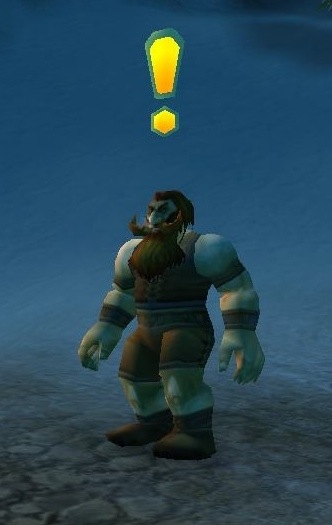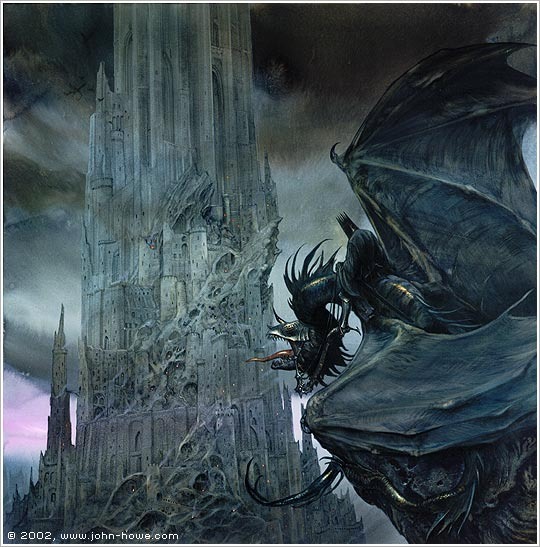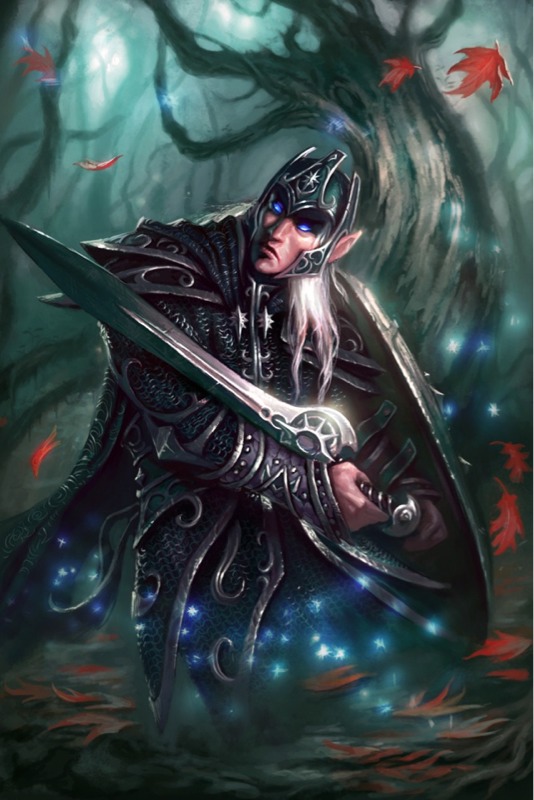D&D Encounters "Beyond the Crystal Cave" Session 5: DM Commentary
In Encounters this week the players got their first real glimpse of the factions at play in the Feywild. I'm going to highlight some choices that I made in presenting these characters, that illustrate how in this session I used strong characterization to (try to) make the session really memorable. Robin the Satyr
The adventure book has one line about Robin, that he's a Skald (Bard) and that he's a jester. When I introduce characters and locations, I try to present details that give the players an idea of what they're in for, and help their memory in remembering who's who in the adventure.
Robin's salient features were a loud, gregarious voice and mannerisms, a ridiculous yellow bandana which trailed well below his knees, and an over-wide grin with sharp, almost filed teeth. Robin's a troublemaker who is going to send the players on a dangerous "prank". Here's what I was trying to establish:
1. Robin is ridiculous and impractical (just look at his bandana!) 2. Robin has more friendliness than sense (loves to party!) 3. Robin is morally ambiguous (Uh, look at those teeth)
Eldin and Fiona, the Unicorns
The players have to convince two Unicorns to leave their magic garden. The adventure doesn't detail much more that that except a skill challenge (yawn) that I pretty much didn't run as-written (though I did use the bonuses and other crunch in the skill challenge to weight the success of the roleplaying encounter). Using my rule of "people are more interesting than things", I gave the Unicorns personalities, but honestly on the fly. My idea was that one Unicorn was the boss, and the other one was a hanger-on. So how did I establish this?
Names: "Eldin" sounds like "elder", sounds more classically Tokeiny and signifies higher stature - think "Elrond". You'll be suprised how much D&D milage you can get out of having names that sound like other things or recall memories your player has. "Fiona" is a little girl's name, or maybe a cat, think "fifi", "fido", "dinah". It's also a prettier name, signifying less substance.
First impressions and actiona: 1. Fiona laughs at everything Eldin says. Big, snorting, hilarious laughter 2. Eldiin tells jokes and makes puns, and speaks assertively 3. Fiona asks dumb questions like, "Do halflings really eat poop?", signifying immaturity, and lack of worldliness - has she really never met a halfling or heard tales of the material plane?
This made things more interesting when the players have to decide whether to use violence later to get the unicorns or kill off some pixies and dryads to take Eldin and Fiona with them. The players actually took into account the different personalities of the Unicorns in wondering who to approach. Which is awesome.
In other news, I missed a whole ton of exposition because the characters weren't really interested.




